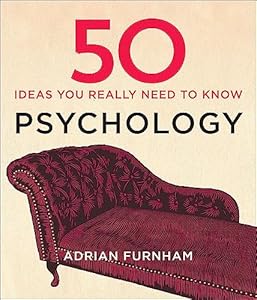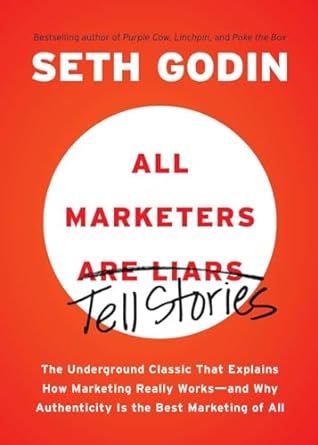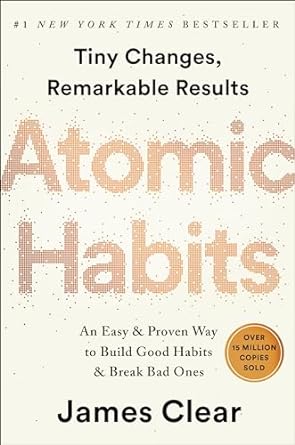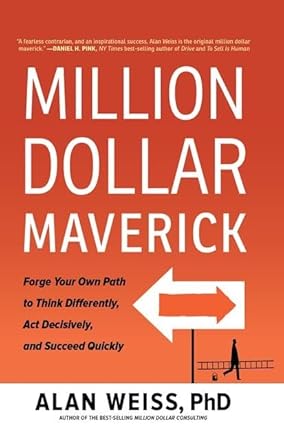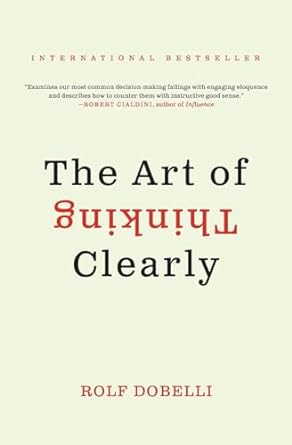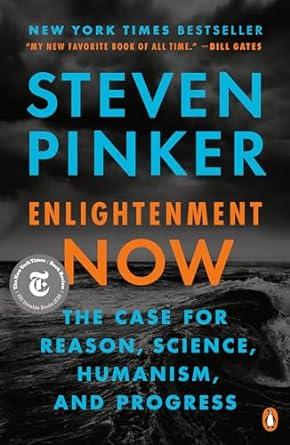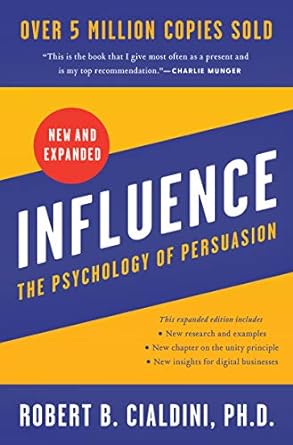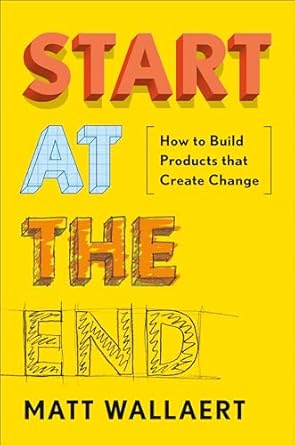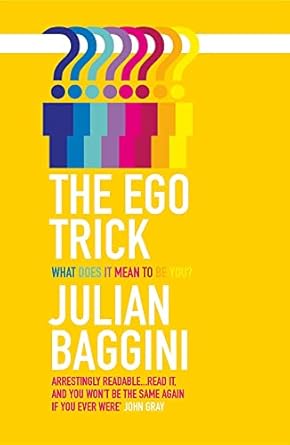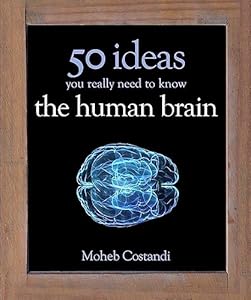Cognitive Dissonance
The negative feeling we experience when something is in conflict with our existing beliefs or values.
Key Insights & Principles
Personal Growth
Insights:- There is often a gap between what people believe and how they act.
- We often feel the need to justify our actions, even if they conflict with our ideas of beliefs.
- Once we make our mind up about what is 'right', we ignore contrary information for a long as possible.
- When we are first confronted with information that is contrary to our beliefs, it can make us more resolute or tied to those beliefs, even when we are wrong.
- There is internal pressure to maintain an image of who we are.
- When we set goals, our brain starts to identify gaps between where we are and those goals, and resolve this cognitive dissonance by trying to fill in the gaps.
- We often struggle to accept our own success and status.
- The human brain can change after repeated exposure to information or inputs (habits).
- It can often be easier to continue down an irrational path than stop. We often do this by creating rationalising stories.
- Do what is right for you, not for anyone else.
- Adopt positive affirmations, and repeat regularly.
- Review values, and adopt clear principles that align with those values.

